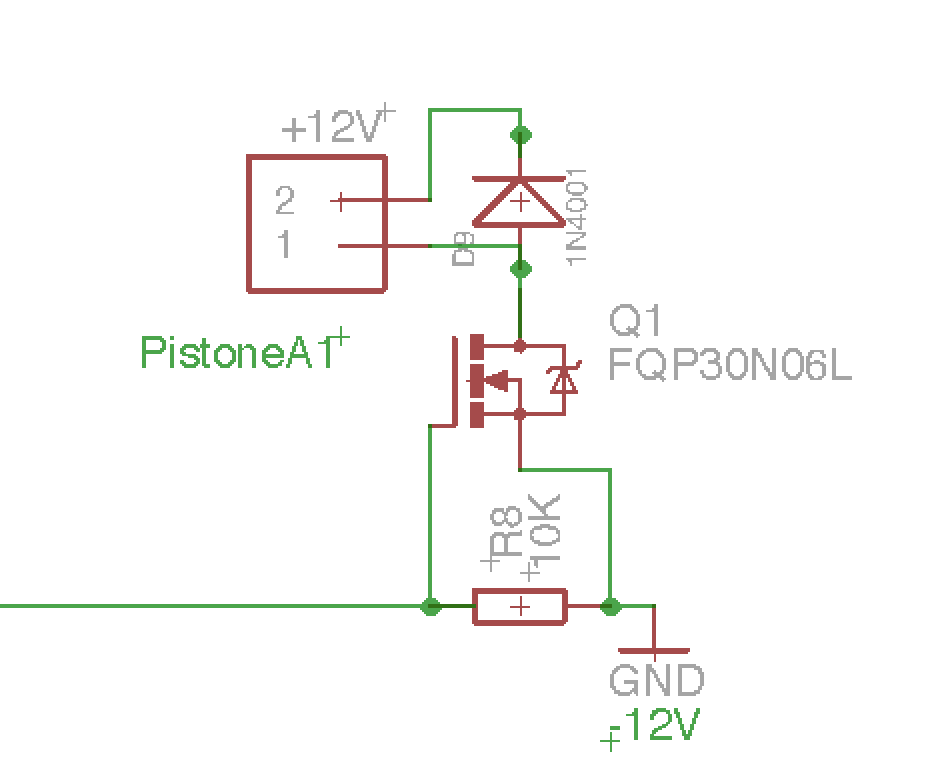[quote author=marcus barnet date=1472118962 link=msg=2895516]
Thank you, OldSteve, for your support!
On the Arduino datasheet, it says there are 14 Digital Out/In pins[/quote]
You're misunderstanding this, because the pins used for analogue input can also be used for digital I/O, as I said. All in all, there are a total of 19 potential digital I/O pins on an UNO, digital pins 0 to 13, then A0 to A5.
and 6 of them provide PWM outputs.
So assuming you really need PWM output for the solenoids, you only need two of these 6 PWM pins.
Now, I need:
2 of them for the PWM output for the solenoids.
8 for the ON/OFF controlling
No problem so far.
5 for the futaba receiver
Aren't you taking the outputs from the RC receiver, and reading them? If so, you need inputs for this, not outputs, and they need to be digital inputs, (definitely not PWM outputs).
In total I will need 15 pins, but Arduino only have 14 pins.
No, 19 pins. See above.
I was thinking to use 2 x Atmega328p in order to divide the operations and gain more pins.
Not necessary. One UNO will do the job nicely.
About the RC pules, in this article, the author use pins 4, 5, 6 in order to receive the RC pules from the receiver. I noticed that pins 5 and 6 are labeled as PWMs. It is just a coincidence? I mean, can I do the same even if I use pins 4, 2, 8 which are not labeled as PWM?
Since you're reading the signal from the RC receiver, not writing PWM, you don't need to use PWM output pins for that. PWM pins, when used for that purpose, (PWM), are outputs, not inputs.
Am I making things clearer, or confusing you more?
Edit: For reading the signals from the Futaba RC receiver, you need to use digital inputs, (any of the UNO's 19 pins), then you could either read them using 'pulseIn()', (which is blocking), or by more exotic methods, maybe using interrupts.


